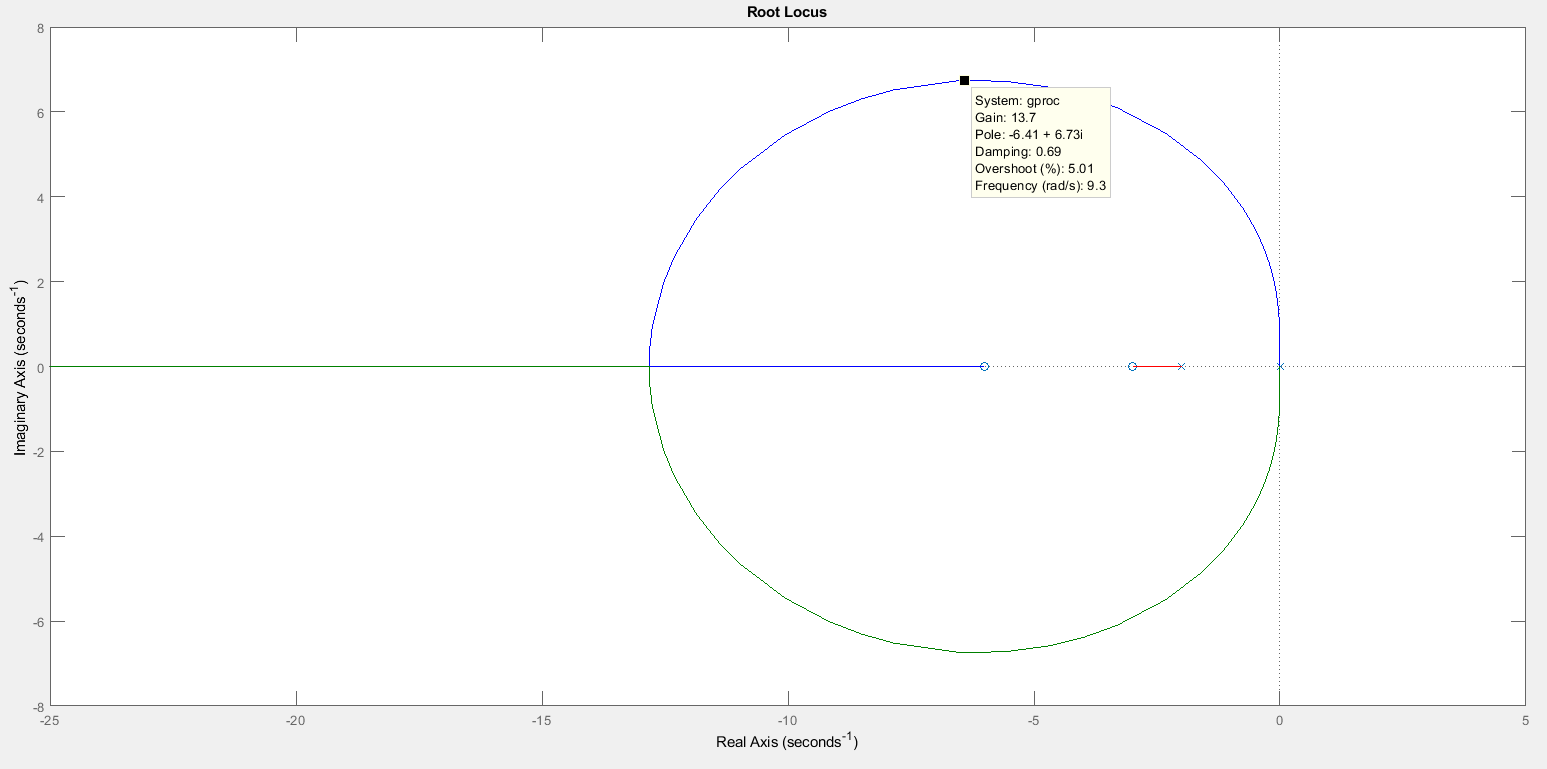From the root locus, the dominant closed loop pole will be the real pole between \$\small s=-2\$ and \$\small s=-3\$, since it's approximately three times further from the origin than the 2nd order complex poles.
Now, there's also a closed loop zero at \$\small s=-3\$, so you have a closed pole and a closed loop zero quite close together. In control engineering, this is called a dipole.
Note, a dipole is often created when attempting to cancel a troublesome, perhaps slow, pole by plonking a zero on top of it - in practice, there's always an error between the pole and zero values, hence a dipole is born. Essentially, that's what you've done here - by choosing the value of \$\small K=13.7\$, the first order pole is dominant. Choosing a smaller value for \$\small K\$ would have given dominance to the 2nd order roots, which would then make the system more oscillatory. But there's a limit to what can be done when there's only one control parameter (\$\small K\$) to play with.
The features of a dipole in the transient response are: a relatively large initial overshoot, and a long-tail (i.e. the settling time is longer than that promised by the initial response characteristic) . Both of these are apparent in your step response plot.


